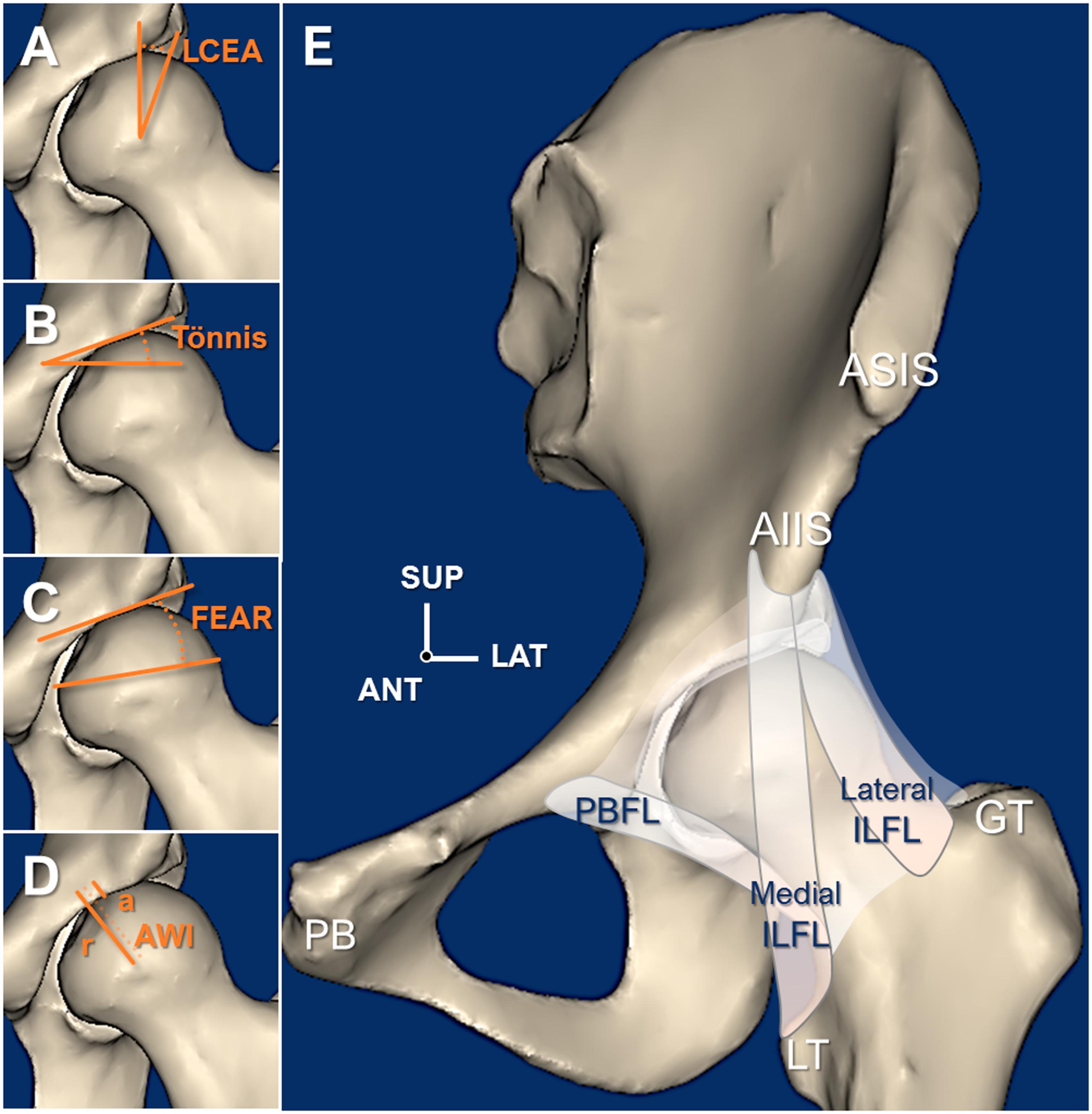JBJS Journal of Orthopaedics for Physician Assistants (JOPA) continues the tradition of recognizing outstanding papers. A total of 4 awards are given for the best
Tag: JBJS

Hip dysplasia is known to cause early joint deterioration, instability, and pain. It can be corrected with the Bernese periacetabular osteotomy (PAO). However, stability of

Papers presented at the most recent biennial meeting of ARCO are now available in the ARCO Special Issue at JBJS.org. This collection can be freely

Co-author Walter C. Hembree, MD selects the 5 most compelling findings from the recently published “What’s New in Foot and Ankle Surgery.” Hallux Rigidus – A

OrthoBuzz is pleased to announce the winners of the new JBJS Open Access annual awards. The awards were created to acknowledge and celebrate the impactful

